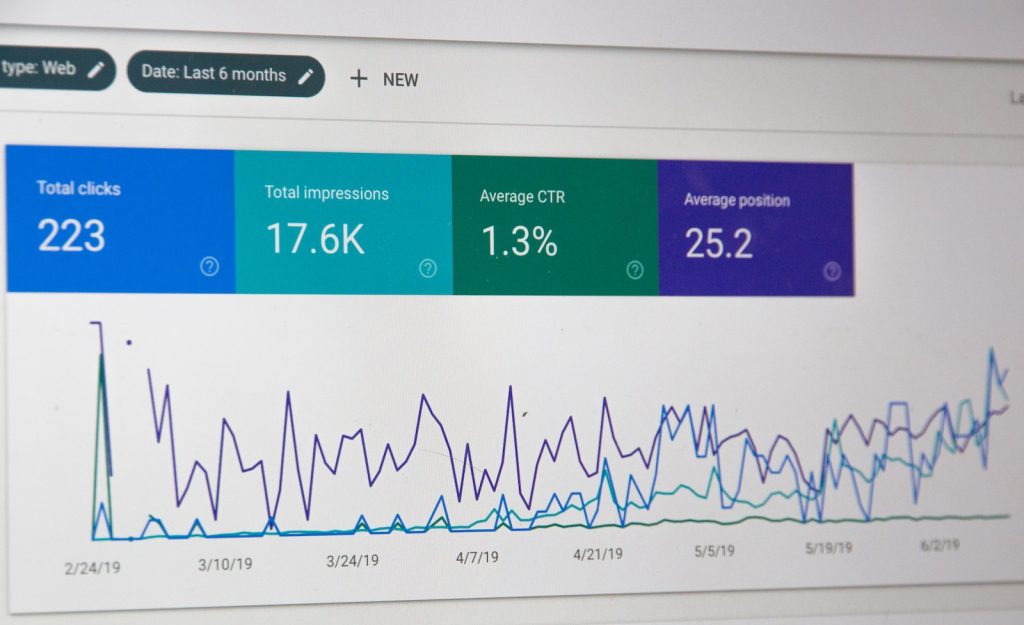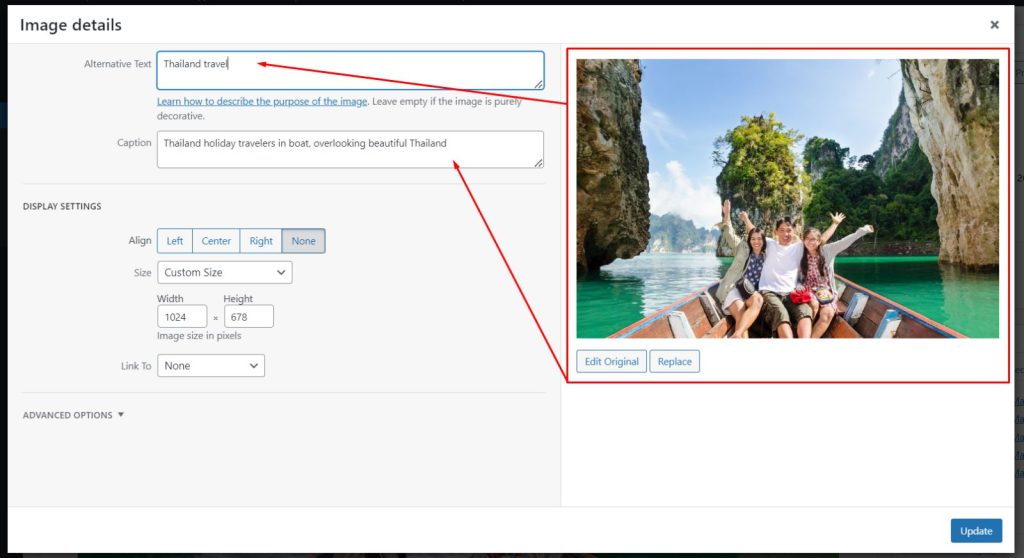As part of Technical SEO, managing links within your website is critical to providing users with a pleasant user experience and efficient crawling. The issue “Page has links to redirect error” detects pages with redirect links in both the Internal outlines and External outlines columns of Site Audit.
Regular website audits help keep tabs on errors and address them before they have the opportunity to affect users or search engine visibility negatively. Let’s review some of the most commonly occurring redirect errors:
404 (Not Found)
404 errors are one of the more egregious SEO errors, as they can create an unpleasant user experience. A user will typically encounter this error upon clicking on a link leading to an old web page that no longer exists for one reason or another; perhaps its URL was misspelled, or perhaps it has moved without an updated sitemap being implemented.
Another possibility is that content has been deleted from the server or is simply gone, leaving an underlying error of “404 Not Found.” If that page had been indexed by search engines, resulting in lost link equity, it will need to be addressed by using a tool like Link Whisper or redirecting its previous URL with its replacement one.
Caching should also be taken into consideration. Browsers sometimes store an old version of a web page in their cache for faster future visits, leading to the display of an error even though the page still exists. To address this problem, clear your browser’s cache; additionally, regularly audit your website to identify 404 errors and take corrective actions (you can use Site Audit for this task automatically scanning websites and generating reports).
301 (Redirect)
A 301 redirect is one of the essential webmaster tools used to inform search engines about content relocation permanently, thus clearing away old URLs from Google’s index while redirecting traffic toward its new destination.
Unfortunately, not all 301 redirects are created equal. If a page is being redirected to an unrelated one without regard for SEO and user experience reasons, keyword cannibalization may occur and have detrimental impacts on both SEO and user experience. To prevent this issue, make sure that any new pages being redirected have relevant content before redirecting via 301s.
Redirect loops can also occur from improper 301 redirects. These loops create confusion for users and have serious adverse impacts on SEO; to identify and fix these issues use a redirect checker to get a list of redirected pages with their URLs, sort them by a number of inlinks and replace internal links on them with direct ones to their destinations.
Google reports that using 301 redirects no longer results in significant losses of PageRank; rather, only a small percentage is lost when doing so. Therefore, it’s wise to review your redirected pages regularly and ensure they point towards relevant pages for every keyword targeted.
3xx (Redirection)
This error indicates all internal URLs on your website which redirect to another. Redirects can increase website loading times and cause confusion for visitors if set up incorrectly, as well as send a negative signal to search engines, who might perceive too many redirects as low-quality or incomplete sites. It would be wiser if instead these internal redirected URLs could be replaced with direct ones that show up directly in search results, eliminating unnecessary redirects altogether.
When redirecting a webpage, the original web server should send out an HTTP status code 3xx which signifies that a resource (webpage, image, etc.) was found but located elsewhere. This step of redirection allows search engines to easily locate its new destination URL without first crawling the old one.
Mistakes may arise when setting up redirects, such as creating an error chain or too many redirects. When this error appears on a webpage, it shows all pages with broken redirect chains or loops that don’t forward visitors or search engines to their new destinations. Fixing these errors involves selecting the destination page directly rather than redirecting from page to page repeatedly until they get there.
3xx (Redirect Chain)
Error 3 indicates that one or more of your redirects is part of a chain that doesn’t actually forward visitors and search engines to their intended URL. For instance, if one page redirects back to another then both redirect back again, creating an infinite redirect loop that doesn’t forward users or search engines anywhere. Fixing this problem involves choosing the desired destination, making sure other pages redirect there and eliminating unnecessary redirects between pages.
Long redirect chains not only ruin the user experience but can also wreak havoc with SEO by using up precious crawl budget and diminishing link equity. To prevent long redirect chains from occurring it is recommended that when updating content 301 redirects are used instead of other types of redirects to avoid creating lengthy chains. In addition to this, it’s also wise to consolidate similar topics onto one page in order to minimize the redirects required.
With Site Audit’s SEO analysis tool, response code analysis will help you quickly detect redirect issues on your website. By taking advantage of its insight into the length of the redirect chain, response code for each step in the chain, the source of each redirect and other data points provided, these analysis tools allow you to address inefficiencies within redirect chains and improve SEO performance.



